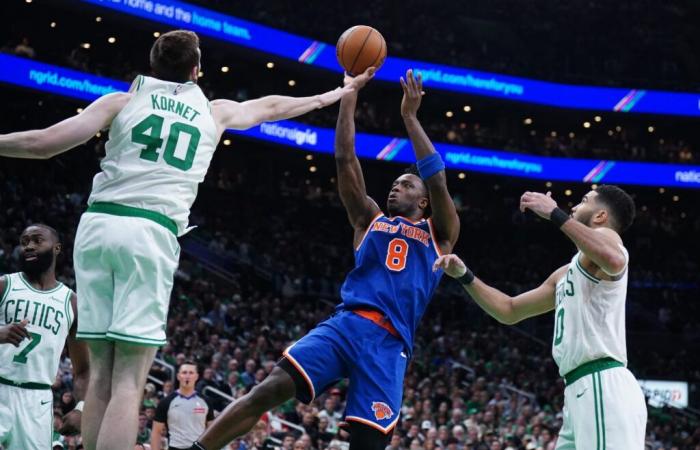
The league’s landscape is undergoing a seismic shift—a transformation defined by a new framework for building championship-caliber teams amid tightening financial constraints and evolving roster strategies.
Evolving League Dynamics
The NBA is no stranger to change, with each season bringing innovations both on and off the court. The recent overhaul of the Collective Bargaining Agreement has redefined how franchises assemble their teams. Gone are the days when major transactions and star acquisitions were the sole pathway to success. Today, teams must navigate a complex balance of luxury taxes, salary caps, and nuanced financial thresholds that reshape long-term planning and immediate competitiveness.
Cost-Controlled Talent as a Strategic Pillar
In this reimagined financial ecosystem, cost-controlled talent has emerged as a cornerstone for building sustained excellence. While securing a franchise player remains paramount, teams are increasingly turning to players on rookie-scale contracts who can contribute meaningfully without straining the payroll. This strategy not only preserves flexibility under the new fiscal rules but also provides an avenue for distributing talent across multiple roster spots—a tactic that can prove vital during the grueling playoff push.
Innovative Roster Construction and the Role of Draft Picks
Franchises are now leveraging NBA Draft picks in novel ways. Rather than bundling them solely to chase another superstar, teams are strategically utilizing these assets to secure high-quality, pro-ready players who can step in as impactful contributors. This approach underscores a broader shift: the need to build rosters that marry immediate production with long-term financial sustainability. In this new regime, the inclusion of rotational players who perform reliably on rookie deals helps alleviate the pressure on the salary cap, offering a practical solution for teams with championship aspirations.
New Financial Realities and Championship Contention
The latest CBA moves beyond traditional models of talent acquisition by emphasizing a balance between big-ticket players and cost-effective role players. This dual focus is reshaping team strategies, as the ability to manage luxury tax implications and adhere to salary limitations is now as critical as on-court performance. The evolving structure requires teams to think creatively—drawing not only on star power but also on depth, efficiency, and financial discipline to maintain competitive rosters over the long haul.
Looking Ahead: A New Era of Strategic Excellence
The adjustments introduced by the new CBA are more than mere regulatory changes; they represent a renaissance in team-building philosophy. As franchises continue to adapt, the convergence of financial prudence and innovative drafting strategies offers a blueprint for sustained success. This fresh blueprint challenges the conventional wisdom that winning basketball is solely about acquiring the top-tier talent at premium costs.
In reflecting on this transformative period, one is reminded that robust team architecture is built as much on strategic foresight as it is on on-court brilliance. The league now champions a balanced approach—where cost efficiency and developmental investments pave the way for both immediate triumphs and a resilient future.





